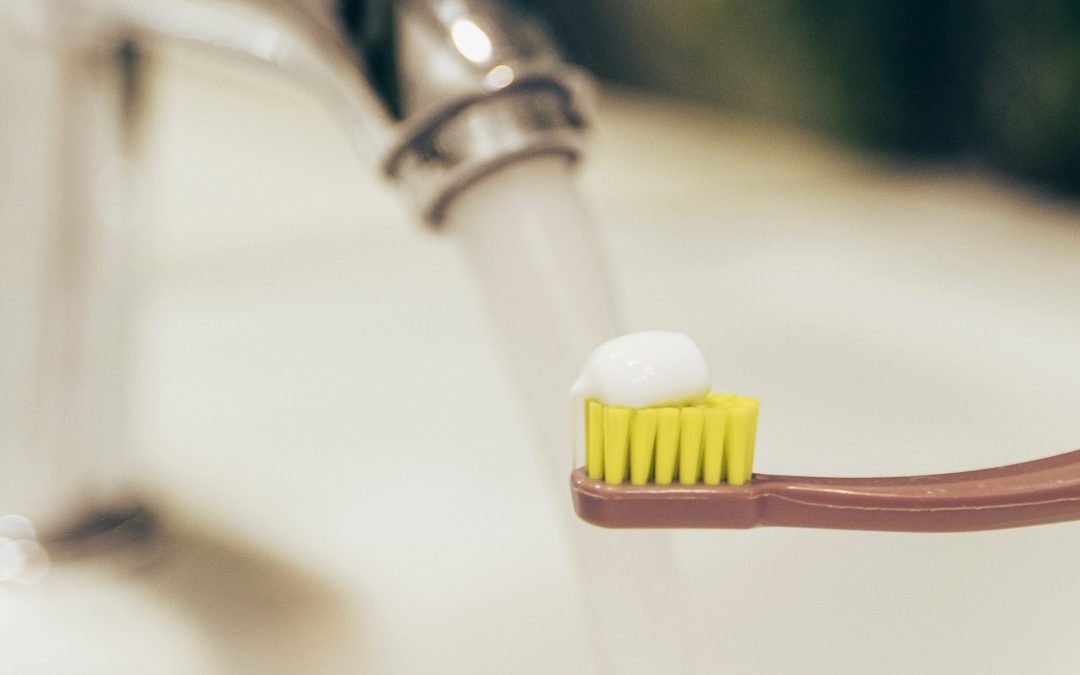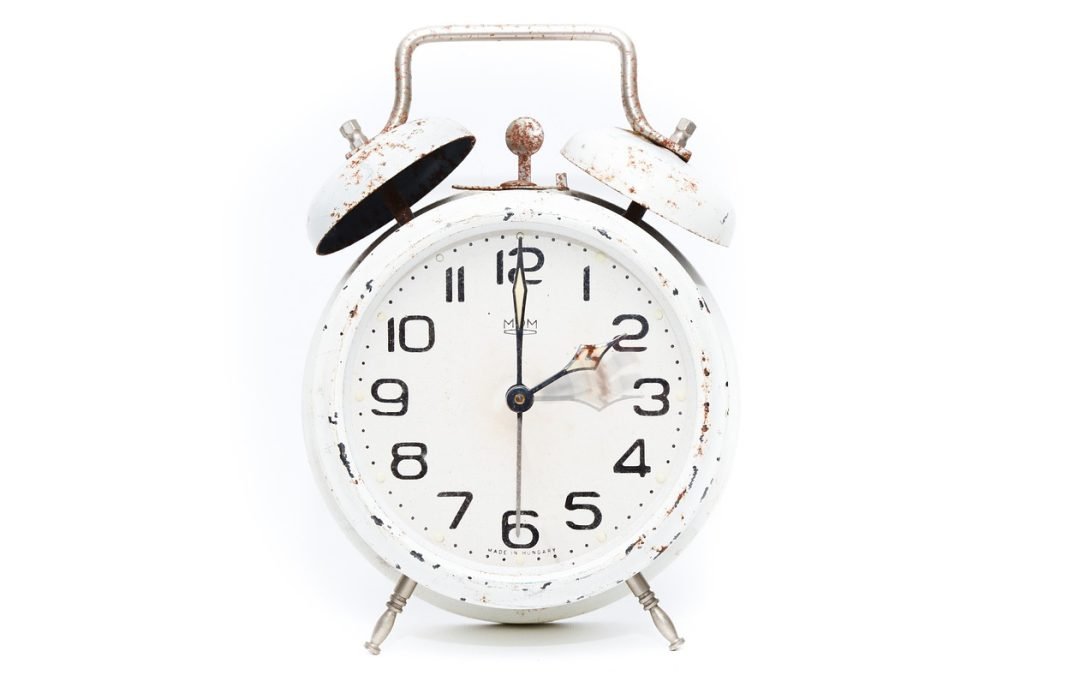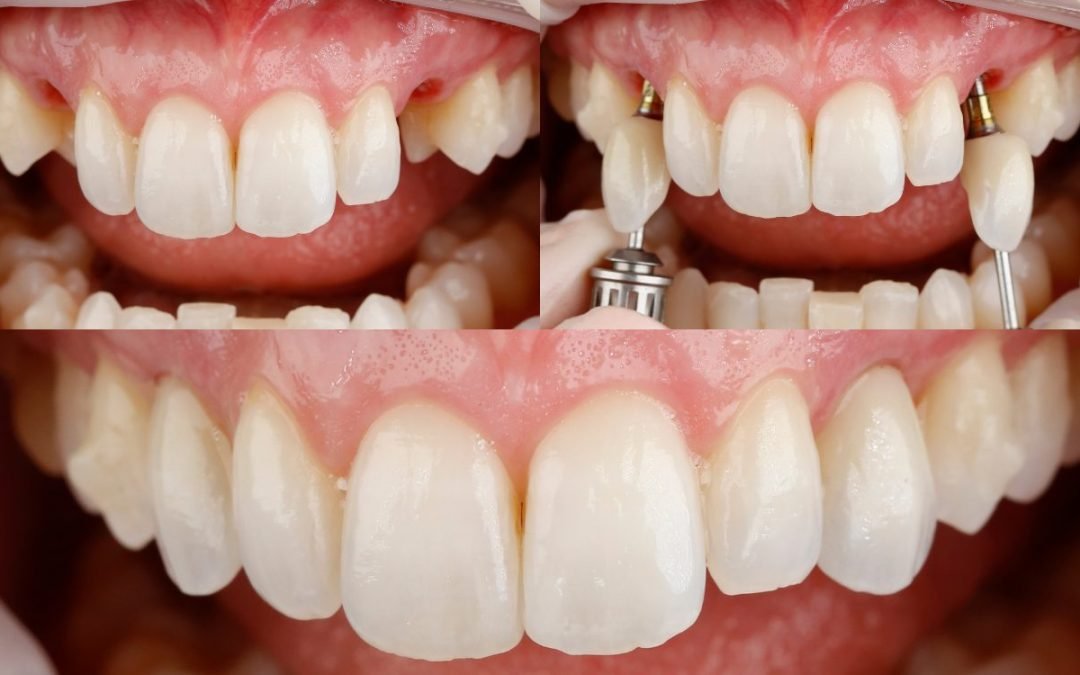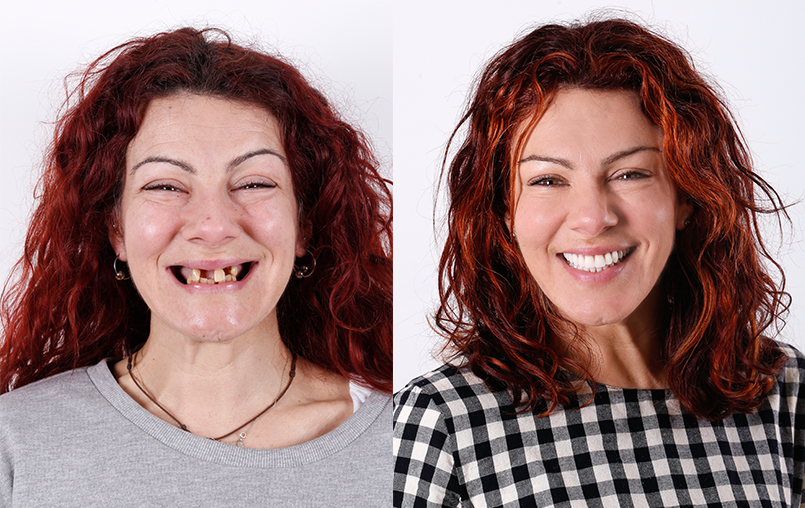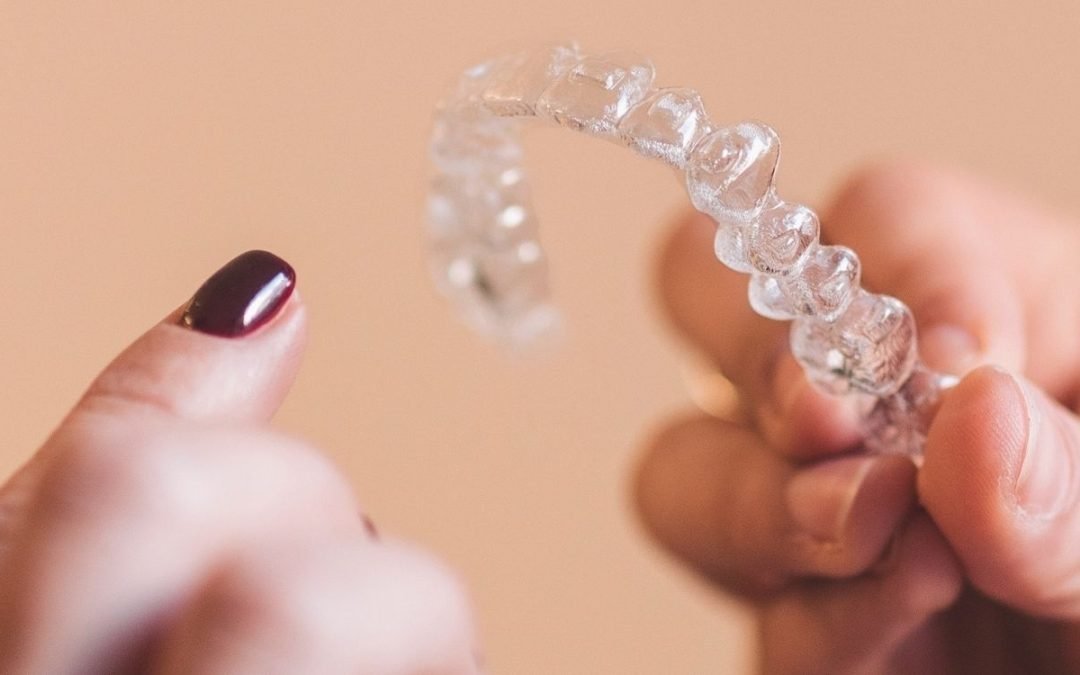Toothache can have multiple causes and origins. In this article we’ll explain the basics of a toothache.
Toothache is defined by the International Association for the Study of Pain (IASP) as a multidimensional, unpleasant experience involving not only a sensory component but also an emotional component. (Khan, Zusman et al. 2019, Peres, Macpherson et al. 2019).
The perception of pain can range from a slight ache to a stabbing sensation similar to an electric shock.
Which types of toothache exist?
– Acute pain (stabbing pain, usually of limited duration) can be caused by caries lesions, the presence of cracks or fissures or exposure of the pulp. It can be triggered by thermal stimulation (cold/heat), the ingestion of sweet/sour foods or drinks or by the pressure associated with chewing (Mark 2019).
– Chronic pain (slow, grinding, pulsating/throbbing, prolonged duration, low intensity) can involve an area (tooth, gum) inside or outside the oral cavity. It is usually associated with a concomitant infection (Mark 2019).
Why does toothache happen?
In the dentistry context, there are several situations in which pain can develop:
– Pulpitis, which is an inflammation of the pulp, associated with pain exacerbated by temperature extremes, and its treatment is related to whether it is reversible or irreversible (Zanini, Meyer et al. 2017, Hammel and Fischel 2019);
– Infections, from caries lesions to abscesses.
– Trauma, which affects 1/3 of the population, most frequently in central incisors and can range from tooth fracture, displacement or haemorrhage Hammel and Fischel 2019);
– Pericoronaritis is the inflammation and infection associated with an erupting tooth. Very common in third molars (wisdom teeth) (Hammel and Fischel 2019).
– Dentin hypersensitivity which is the short, acute painful response of exposed dentin to thermal, tactile and/or chemical stimuli, where the pain is not associated with any other deficiency or pathology (van der Weijden, van Loveren et al. 2017, Marto, Baptista Paula et al. 2019).
– Pain associated with tooth eruption or after surgical procedures.
How to treat toothache?
The treatment of all these situations is aimed at eliminating the cause. Depending on the diagnosis made, treatment can range from simple treatments such as removing the caries lesion and restoring and devitalising the tooth or procedures such as tooth extraction, depending on the extent and severity of the pathology.
It is important to emphasise that the perception of pain differs from person to person and that it is indicative of an imbalance.
Therefore, if you experience pain, you should go to your dentist who, through a complete examination, can make a correct diagnosis and develop an adapted treatment plan (Hammel and Fischel 2019, Mark 2019).
Dra. Inês Martins Pereira, OMD 05941


